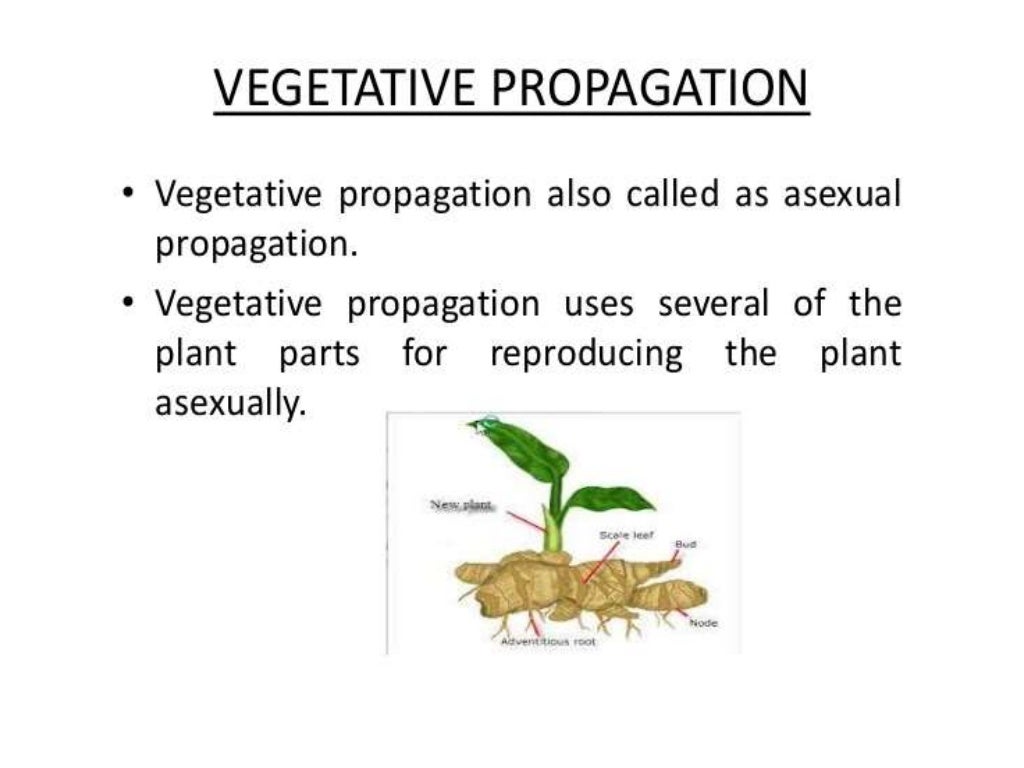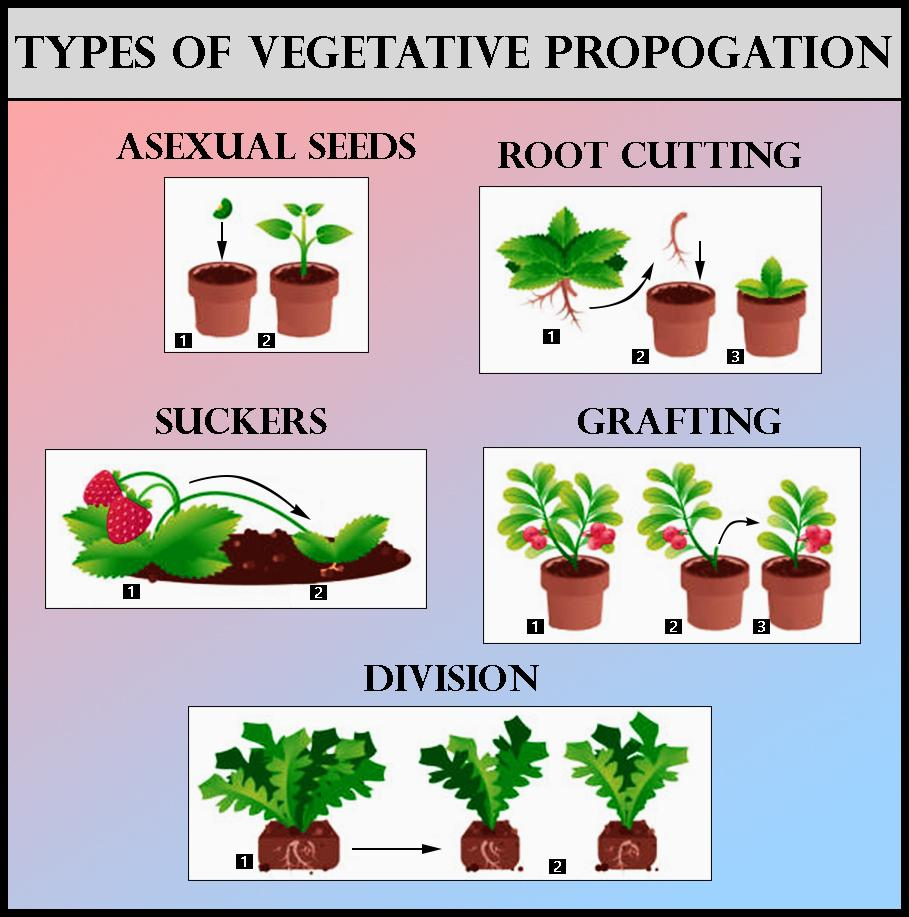Natural Vegetative Propagation By Leaves Only In Different Vascular Plants Presentation
| Introduction | ||
|---|---|---|
| Natural vegetative propagation by leaves in vascular plants is a fascinating process. Leaves can give rise to new individuals without the need for seeds or flowers. This method of reproduction allows plants to expand their population and colonize new areas. | ||
| 1 | ||
| Leaf Cuttings in Succulents | ||
|---|---|---|
| Succulent plants, such as jade plants and aloe vera, can propagate through leaf cuttings. Leaves are removed from the parent plant and allowed to callus before being planted in well-draining soil. Adventitious roots develop from the leaf base, and a new plantlet forms at the leaf's tip. | ||
| 2 | ||
| Leaf Bud Propagation in Begonias | ||
|---|---|---|
| Begonias have specialized leaf structures called leaf buds that can develop into new plants. Leaf buds are separated from the parent plant and planted in a suitable growing medium. The buds will develop roots and shoots, eventually becoming independent plants. | ||
| 3 | ||
| Adventitious Plantlets in Bryophyllum | ||
|---|---|---|
| Bryophyllum plants have leaf margins with small plantlets that can form roots when in contact with the soil. These plantlets can detach from the parent leaf and grow into new plants. Bryophyllum utilizes this method to produce numerous offspring, aiding in its rapid spread. | ||
| 4 | ||
| Bulbil Formation in Lily-of-the-Valley | ||
|---|---|---|
| Lily-of-the-Valley produces underground stems called rhizomes that bear leaf-like structures called bulbils. These bulbils can be detached from the rhizome and planted to form new plants. Each bulbil has the potential to grow into a mature plant, ensuring the plant's continued propagation. | ||
| 5 | ||
| Leaf Division in African Violets | ||
|---|---|---|
| African Violets can be propagated by dividing their leaves into sections. Each leaf section is planted in a suitable growing medium, and new plantlets develop from the leaf veins. This method allows for the rapid multiplication of African Violets, making it a popular propagation technique. | ||
| 6 | ||
| Leaf Fragmentation in Ferns | ||
|---|---|---|
| Ferns can reproduce through leaf fragmentation, where leaves break into smaller pieces. These leaf fragments can develop roots and eventually grow into independent fern plants. Ferns utilize this method to colonize new areas and expand their population. | ||
| 7 | ||
| Leaf Suckering in Aspen Trees | ||
|---|---|---|
| Aspen trees can produce new shoots from their leaf buds, known as suckers. These suckers emerge from the roots or base of the parent tree and grow into separate individuals. This form of vegetative propagation allows aspen trees to form extensive clonal colonies. | ||
| 8 | ||
| Leaf Layering in Roses | ||
|---|---|---|
| Roses can be propagated by a method called leaf layering. A selected leaf is partially buried in the soil while still attached to the parent plant. Adventitious roots develop from the buried section, and a new plant forms at the base of the leaf. | ||
| 9 | ||
| Conclusion | ||
|---|---|---|
| Natural vegetative propagation by leaves is a remarkable phenomenon observed in various vascular plants. This method allows plants to reproduce and spread without relying on seeds or flowers. Understanding the different mechanisms of leaf propagation can help us appreciate the diversity and adaptability of plant life. | ||
| 10 | ||
| References (download PPTX file for details) | ||
|---|---|---|
| "Natural Vegetative Propagation in Plants." B... "Vegetative Propagation by Leaves." LearnFrui... "Methods of Vegetative Propagation." Passel. ... |  | |
| 11 | ||








